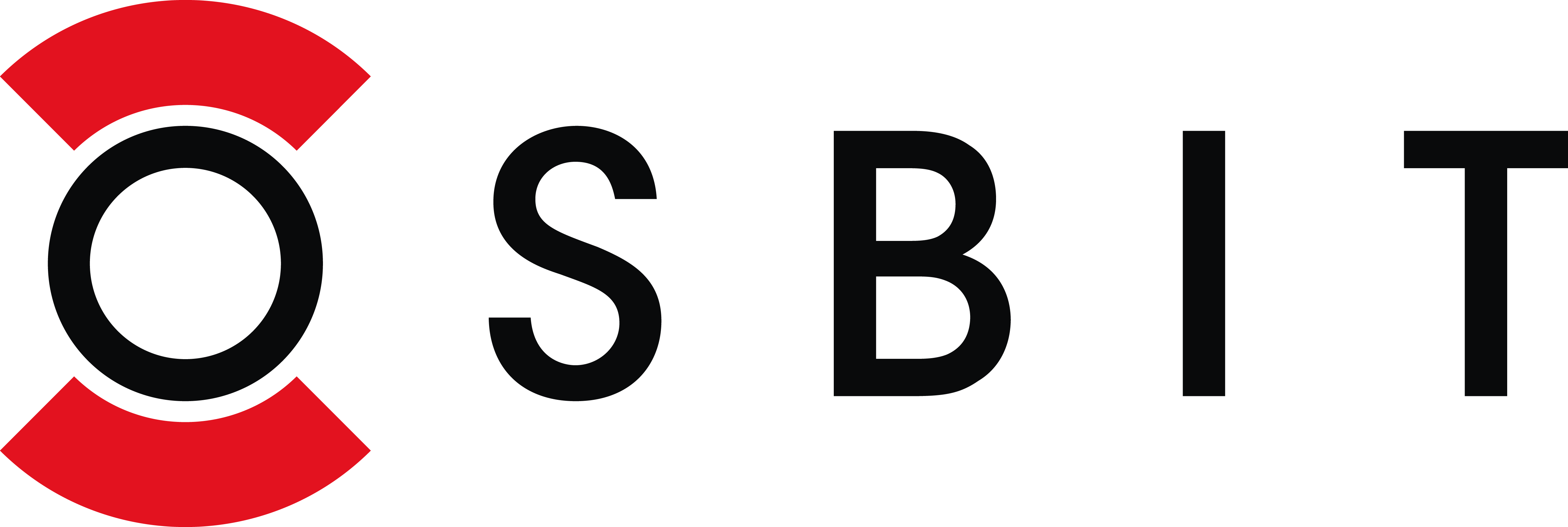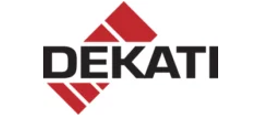
Excitech has become Symetri
In January 2020, Excitech was acquired by Addnode Group, the owner of Symetri, Europe’s leading provider of software and services for design and engineering activities.
Excitech has now become Symetri, operating as one company since the beginning of January 2021. Please rest assured it is business as usual for us and your service experience will not be impacted.
Sigma Ventilation Systems and the Revit advantage
Challenges
Moving from 2D drawings to 3D models
Partners from Day One
Mark’s introduction to the industry, through his father, had been to a world of drawing boards and drawings created by hand. Explaining to clients what the drawings meant became an art form in itself. Clashes at the construction and installation stage were not uncommon, with project overruns and overspends a likely risk.
Mark became increasingly aware of the trend away from 2D drawings and towards 3D models, both as a medium for presentation and as a tool for collaboration. He wanted to take advantage of the trend, but knew he would need professional guidance in order to demonstrate competence in this new model-focussed approach.
Mark looked at a number of training providers and chose Symetri. “There was no heavy sales pitch with Symetri,” he says. “As soon as I started talking with them, I felt comfortable with how they offered tailored advice at the outset. I felt that here was a company that really took a genuine interest in my immediate needs and aspirations”.
Working in an advisory role on an innovative ventilation installation for a hospital project, Mark had seen the mechanical contractor’s 3D models. More than that, he saw the value. “I asked Symetri what software would allow Sigma to offer this technology” says Mark. “they introduced me to Revit”.
“It was like a partnership from day one”, says Mark. “They were asking about my business, my goals, my expectations. They were totally accommodating and patient, regardless of how many basic questions I was asking. Immediately I felt confident I’d made the right choice.”
Solutions
A one-to-one training plan
The good old days
“As a skilled draughtsman I grew up in a world when 2D CAD dominated. Indeed, there was no other practical option. It was a very different world to the one we all live and operate in today. Drawing processes were labour-intensive and laborious. You had to gather together all contractors’ drawings to make sense of the overall concept. Adding and deleting information was painstaking, plus it wasn’t always self-evident if you were dealing with relevant and up-to-date information. Clash detection was also a challenge; the drawings themselves were rarely easy for the untrained eye to make sense of, so clients and other trades could not always know what the end product might look like”.
To enable Mark to make the jump from 2D drawings to 3D modelling, Symetri introduced him to Revit. With a draftsman’s background, Mark had a firm grasp of the basics so did not need a fundamentals course. He required a bespoke training programme to cover areas such as workflows and manipulating the model.
Symetri’s consultant, Ian Garwood, spent time with Mark to understand his goals in detail and created a course outline, running over three days that would teach Mark and the team specifically how to use Revit for the intricacies of ventilation installations. Another of Mark’s concerns was the lack of model-aligned content for components. An additional one-day course in content creation provided him with the information he needed to continue his journey. Mark is now well along the way to building his own content library.
Benefits
The result: Greater accuracy, higher quality outcomes, and a platform for continuing growth
Adapting to change
“Revit does exactly what we wanted it to do,” says Mark. “We receive the architect’s or the mechanical engineers’ model and just import changes, or if this isn’t available, we now have the ability to create an architectural and structural model in-house. Our goal was to create and present 3D models, making it easy for all stakeholders in a project to have a clear vision both of how an installation would be delivered but also where there might be clashes along the way.”
“Technology is making us all work and behave in different ways,” says Mark. “While it’s dictating change, it’s also making change possible. As a small business, you have to be able to adapt to this. If you don’t, you could get left behind the leading pack. When you do, you can immediately assume a more contributory role in projects; adding value across the project spectrum in terms of the sharing of issues and problems, and to be able to resolve them, improving efficiency and mitigating unnecessary costs.
We can now coordinate far more meaningfully with other contractors as far as clash detection is concerned. The model offers greater accuracy and so it drives higher quality outcomes.
We can feel the buzz and the thrill of a shared experience now in meetings when clients see a 3D visualisation. They can ‘walk around’ the model on the screen. They see what the final outcome will be. There’s more interaction between all parties; coming up with suggestions and ideas that help to meet their practical concerns, which we can explore in real-time inside the model. We also find that clients are more and more impressed that Sigma, as a small business have this in-house capability. Symetri played a significant role in giving us this edge; this is a platform for future growth.”
The journey continues
As for the future, the relationship between Sigma Ventilation Systems and Symetri continues. Implementing Revit and progressing installation plans through 3D models, as opposed to 2D drawings, has put Sigma in good shape to participate in Building Information Modelling (BIM) projects. It has been stage one of the BIM journey. The technology is in place for effective collaboration with project partners, and sharing important asset data that can be used through the lifecycle of an asset beyond handover. Stage two will be all about compliance with the new ISO 19650 standard.
“Symetri have helped me get the tools in place. Now we’re ready to start looking at practices, procedures, and standards; gaining familiarity with how to use critical BIM documentation, the Uniclass classification system, and COBie. I can see us implementing BIM accreditation in the not too distant future and I have every confidence that working with Symetri will make this achievable”, says Mark.






